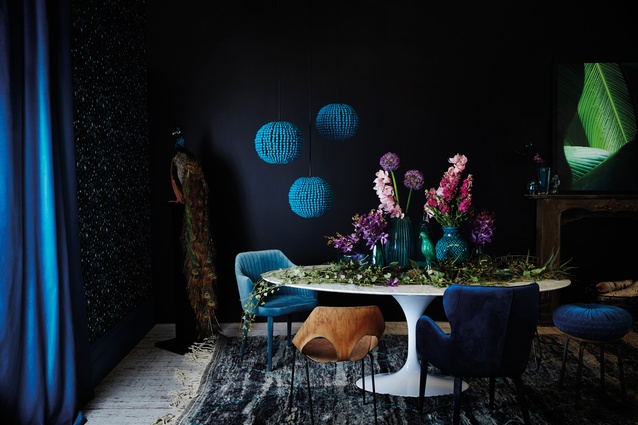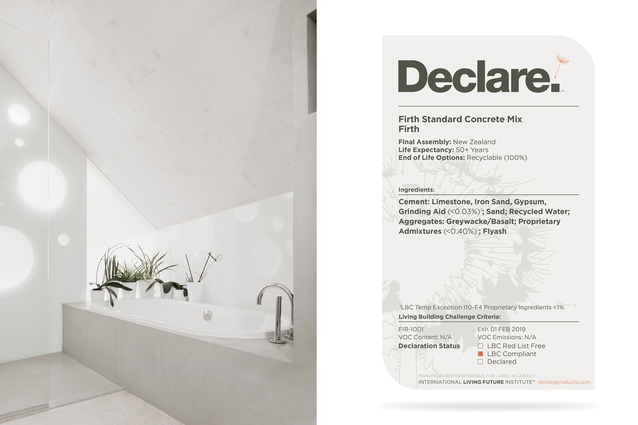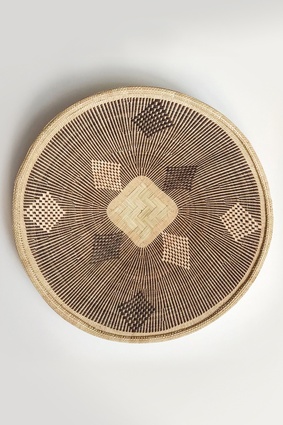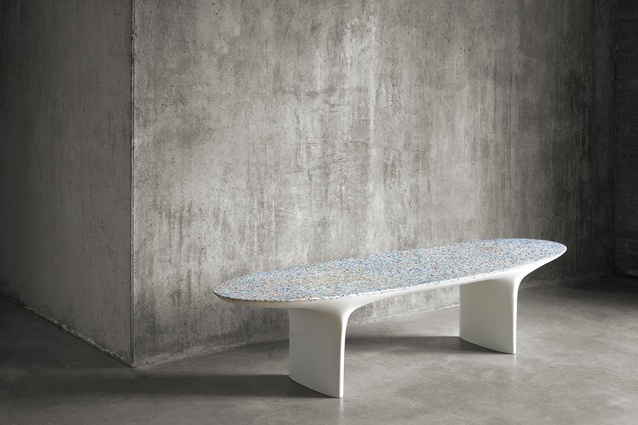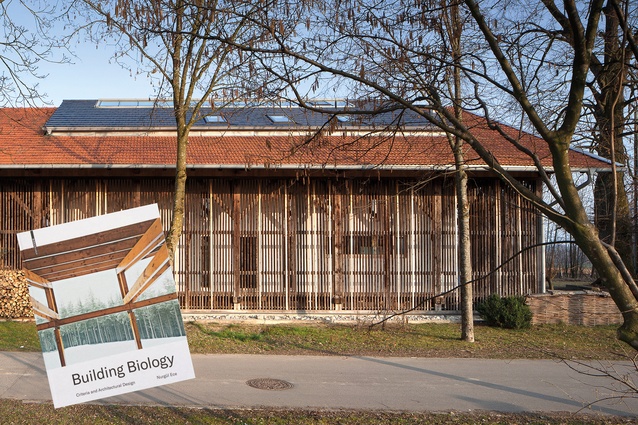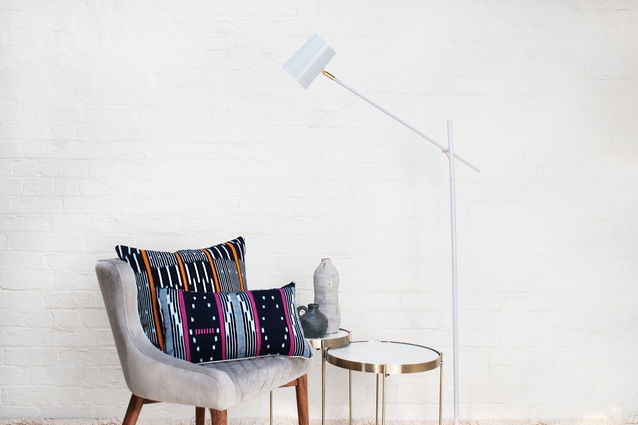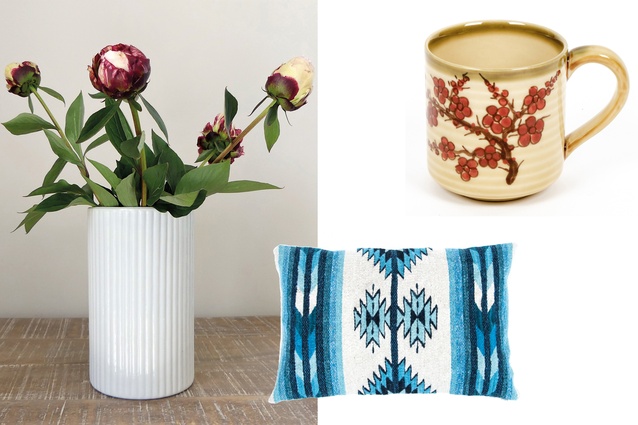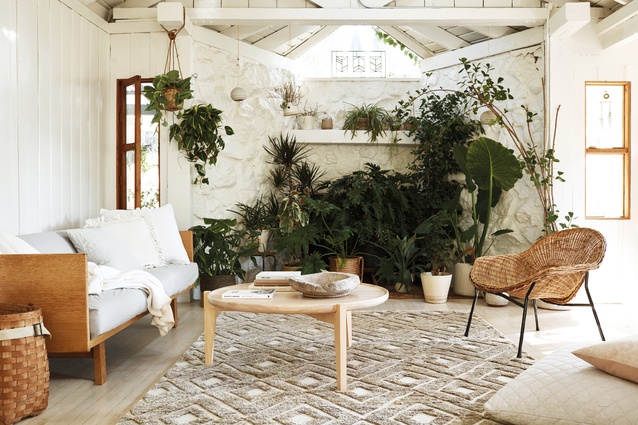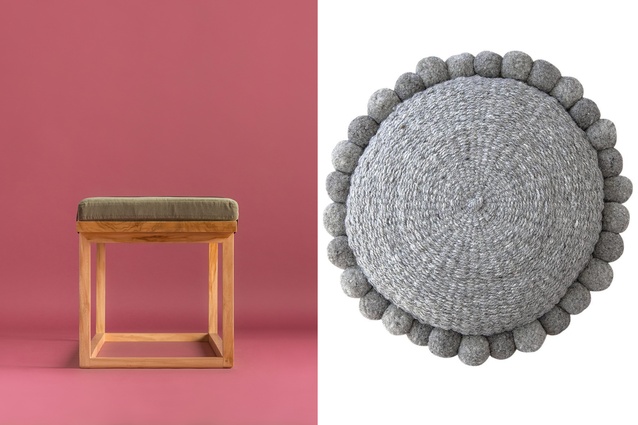The eco-ethical house: part one
With growing concerns about the toxic effects of chemicals and plastics in the natural environment, and whether or not manufacturing labour is ethical, we investigate sustainable practices and reliably sourced, eco-friendly homewares and materials.
Building is a huge factor in carbon emissions and waste. Making good choices around the types of product used for a build can help to reduce the carbon footprint of a house, as can reusing materials from houses that are being torn down or renovated, and ensuring waste products and packaging are recycled or disposed of sustainably, wherever possible.
It is also important to make sure there was no human cost in the making of the products you purchase for your home, by ensuring they can be traced back to an ethical supply chain. And, when it comes to choosing materials for their carbon footprints, it can be a matter of weighing the benefits against the drawbacks. It is a balancing act to ensure that any impact on the environment is outweighed by a product’s output in the long run.
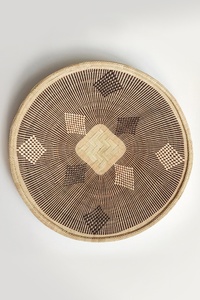
Of course, a warm, dry and well-ventilated house will be better for the environment, as well as healthier for its occupants, than one that is cold and damp. There are many options for insulation, some of which utilise recycled and sustainable materials (wool insulation is an example of the latter).
There are certifications available for anyone who wants to ensure their home is as energy-efficient as possible, such as achieving Passive House certification. However, keeping a design simple, ensuring cross-ventilation and making use of solar gain are all ways in which a home can be made energy-efficient, even if it doesn’t gain a plaque at the front door.
Gerald Parsonson from Parsonson Architects in Wellington has designed a number of passive houses. “Passive houses are really healthy and good for the family. They make sense. Having a house that is heated just off the heat from the fridge and your body heat is quite appealing!” he says. “Justin and Louise Wright from Assembly Architects in Arrowtown built and lived in a passive house, where it would be 20-plus degrees inside, even when there was snow outside, because it was so well insulated. In terms of sustainability, that’s a really good thing.”
A negative aspect is that you have to pay extra to build a passive house. “With soaring building costs at the moment, if you’re going to add all these extra layers, it bumps up the cost,” explains Parsonson. “The key is to keep the building form as straightforward as possible.”
Condensation can also be an issue in a passive house although this can also be remedied. “We include ventilation/reticulation systems that work through quite small pipes. Such a system operates off a heat exchanger where the moist air from inside is poked out to the outside, where the heat is taken out of it and transferred into air coming in from the outside. It doesn’t quite address the condensation issue if really moist air is coming in from the outside but I’m sure there are ways around that. However, there is a $15K to $20K cost for one of these systems.”
New Zealand’s Building Code is well known as being a good deal below the standard of that of the rest of the OECD, with very low insulation rates, a lack of consideration for thermal bridging, low ventilation requirements and no requirements when it comes to water efficiency and overheating.
This is why Homestar, an independent national rating tool that measures the health, warmth and efficiency of residential buildings, was developed by the New Zealand Green Building Council (NZGBC) in collaboration with the construction and property sectors.

Aside from striving to achieve warm and healthy homes, Homestar includes standards around surface run-off, to ensure our rivers stay clean, and the use of environmentally friendly materials.
“The primary area is energy, health and comfort but also environmental factors, which are important to New Zealanders, such as consideration for construction waste,” says NZGBC chief executive Andrew Eagles. “Fifty per cent of the waste in landfill comes from construction. Every time a new house is built, three to four tonnes of waste goes to landfill.”
He suggests that every home-owner should ensure that their builder is dedicated to achieving Homestar certification before proceeding with their house construction, as many will cut costs in areas that are important for obtaining a warm and healthy home.
“We would state that a 6 Homestar home is just a decent home with the standard that most countries of the OECD have in their building codes,” says Eagles. “It’s not challenging to do but it’s helpful and it’s what New Zealanders deserve.”
Living Building for life
The Living Building Challenge uses the symbol of a flower, an organism that gives more than it takes from its environment. To meet the requirements of Living Building Challenge (LBC) certification, the building must have all the ‘petals’ of a Living Building: energy, equity, health, beauty, materials, site and water. Each of these has several boxes to tick within it. For example, in terms of water and energy, the house must be self-sufficient, treating all water on site and producing more energy than it uses.
Choices around materials must be made using the Declare label, to ensure those materials don’t damage the environment and are fit to live with. In terms of health, it should provide a healthy interior environment and a humane environment for people. Fulfilling the requirements might seem excessive but the resulting building should be fit for generations of health and happiness, and its self-sufficiency will offset any extra cost.
Anything to declare
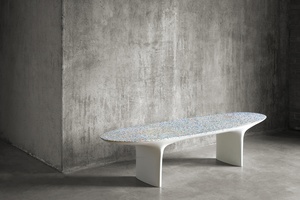
If you want to know what’s in your store-bought food, you read the label but, when it comes to building products, it can be hard to tell where they have come from before they arrive in your home. Declare is an ingredients label for building products that was created in support of the LBC, showing how healthy products are, as well as their source location. You live and breathe in your home so it makes sense to know what’s in it, even if you’re not seeking LBC certification. This transparency platform is a publicly accessible database that allows consumers and specifiers to communicate with manufacturers.
Concrete
Concrete is a widely used building material but it is also a major contributor to carbon emissions, creating more than five per cent of man-made emissions globally. This is mainly a result of its production method, which involves burning limestone – a carbon store. On the other hand, concrete is a great product for creating thermal mass in a home – to store heat that can be used later. It also lasts a long time and, once it’s no longer useful, can be crushed up and recycled for various uses, such as aggregate and, if free of contaminants, making brand-new concrete.
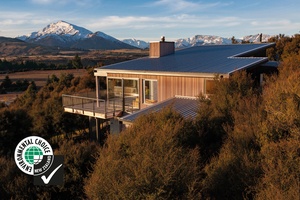
Currently, there are companies looking for alternative methods of creating concrete products. Some reuse waste products in their production, such as Kiwi company Enviroplaz, which makes a concrete product, Plazrok, from recycled plastic waste. Others, like CarbonCure from Canada and Solidia Technologies from USA, create concrete products that use carbon in their production, absorbing it in the curing process rather than emitting it.
New research in the UK shows that concrete mixtures could be made twice as strong as they are currently by adding nanoparticles extracted from root vegetables, significantly reducing both energy consumption and CO2 emissions during manufacturing. The thinking is that, with stronger concrete, less of the material will be required for a building of the same scale. Even a small reduction in quantity could make a big impact environmentally, given the sheer scale of the production of cement for concrete.
Environmental Choice
Environmental Choice (ECNZ) is the official green label in New Zealand, offering proof of environmental performance for the products in its listings. It is government owned and endorsed but operates independently, allowing consumers to make informed decisions around the types of product they purchase. One example of an ECNZ-licensed building product is Colorsteel roofing, used on the Little Mount Iron House in Wanaka, designed by Eliska Lewis Architects

Recycled ocean plastic
Fragments of recycled ocean plastic are inlaid to achieve the terrazzo effect of the Gyro table, by London-based Australian designer Brodie Neill, who founded the furniture design studio Made in Ratio. The tables are constructed from tiny pieces of plastic that have been salvaged from beaches around the world, including Tasmania, Hawaii and Cornwall. The pieces are separated according to colour before being processed and arranged into a plastic composite, which appears like terrazzo flooring.
Building biology
Building biology is a term used to “describe healthy, beautiful, and sustainable buildings in ecologically sound and socially connected communities. In the selection of materials and the design of living environments, ecological, economic, and social aspects are considered.”
According to Nurgül Ece, architect and author of a new book entitled Building Biology: Criteria and Architectural Design, “With the knowledge we have today, we can create paradise on earth. Building biology is an important building block to reach this goal.” The Institute of Building Biology + Sustainability IBN, based in Germany, provides a one-year-long correspondence course, which has been completed by 7,000 people so far, and is available in English.
The Slow Interiors Revolution
Millennials get a lot of bad press – but they might just save the world. A Nielsen online study conducted in 2015 found that, despite the fact that generation is growing up in one of the most difficult political climates of the past 100 years, they are still the most willing to pay extra for a product if it is deemed to be sustainably and ethically produced.
While fast fashion has become widely known as a problem for the environment, as have throw-away, cheap clothing lines, there are still long queues in chain stores filled with people buying fashionable furnishings and trinkets for their homes, which will soon either break or become unfashionable and be discarded.
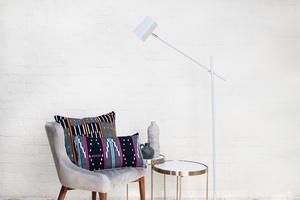
Around the world, businesses – such as Wellington entrepreneur Jill McKenzie’s Needs More Cushions – are being established to counter this by creating timeless, high-quality homewares that do good for their workers and have minimal impact on the environment. McKenzie employs recent refugees in Wellington to sew the cushions from fabrics sourced ethically from Africa and Asia.
“It’s about fundamentally changing or redefining the way we source or shop for our homes and interior products. It’s about shopping less often for high-quality, timeless styles rather than trends,” says McKenzie. “It’s about having products in your home that make you feel good when you buy them and look at them. You spend a bit more but you keep them in your house for 10 to 20 years and this tells a bit of a story about your personality.”
Over the years, consumers have become accustomed to low prices, which are not actually indicative of the true cost of a product, says McKenzie. “You can have your $10 cushion but it’s made from polyester in a factory that is not paying people good wages. The real cost of sewing a good-quality cushion is higher than we’re used to but the mind-set of looking for the cheapest option needs to change.”
Going for unique, vintage furniture is another way to introduce storytelling into your interiors. Older, wooden pieces are often better quality than are those produced today. Waiheke Island-based Hey Wilma takes worn-out op-shop furniture and gives it a new lease on life by restoring it and adding a contemporary touch with painted stencils and pops of colour.
The products these businesses are producing show that being ‘green’ does not necessary equate to having a home filled with bland colours and raw fibres. It can take a bit longer but it is possible to find interesting, colourful and high-quality homewares that are made with a conscience.
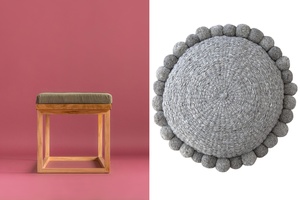
Conscious living
There are also plenty of new products for interior details that make good use of waste, such as cabinetry handles made from ocean plastic by Australian company Vert Design Studio, or designer Brodie Neill’s ‘ocean terrazzo’ furniture, which encases chips of washed-up plastic in resin, mentioned earlier. There are also many products for the home that create good for communities overseas, such as the beautiful Armadillo & Co rugs which are traded fairly, with proceeds going to the schools in the weavers’ villages, and the collection of ethically sourced products on etico.co.nz.
Timber
One carbon-capturing material that is common and relatively low cost is timber. As trees absorb carbon, using timber to build is a form of carbon capture, provided the timber is sustainably sourced and the house is likely to last for many years to come.
This article first appeared in Houses magazine.


